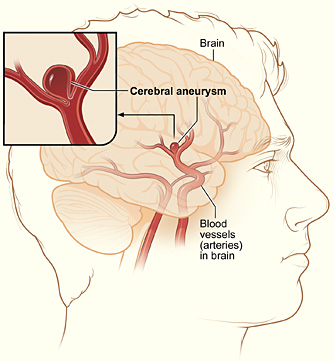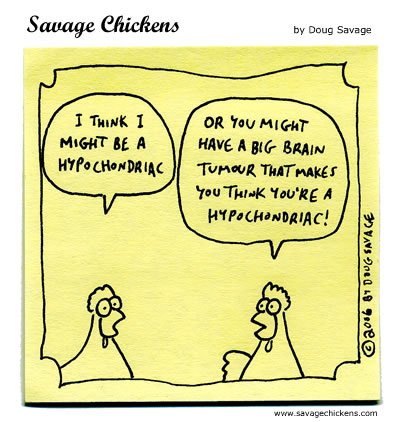An important part of most of our lives as an adult is work.
We need money to pay for food and housing, but also to fulfil our wants and realising our dreams, such as indulging in gourmet foods and beautiful clothes, going on trips, funding a hobby or buying a nice house.
Careers can be an important source of personal pride and sense of purpose, challenging us and stimulating our growth.
Workplaces are also a valuable source of social interaction, as we meet people we might not have met in other settings.
But as important as work is, it is perhaps overemphasised in our society.
Money is great, but above a certain line, there is a diminishing return on how much happiness it brings, because it promotes greed rather than contentness.
Our pride in our job may lead to us making it too large a part of our identity, resulting in a crisis when we feel we are not good at our jobs or cannot keep working anymore.
Our colleagues and superiors may be the greatest source of stress and annoyance, leading to burnout at work.
Overall, work can be a source of great stress and misery in our lives.
Most importantly, life is a zero-sum game. If we devote time to work, it takes away time from other aspects of our life. We often overlook the “little things“, such as spending time with our loved ones, enjoying hobbies and interests, and taking care of our health.
But things such as relationships and health are what we do need to devote time to, as they can be irreparably damaged without proper care and maintenance.
So if you don’t have time for these “little things”, ask yourself what you are making time for. Is what you get out of your job really worth it all? Is it worth the stress and sacrificing the “little things” for?
Sometimes, it is necessary to work hard and make sacrifices to earn enough for survival or to achieve a certain goals. But more often than not, we are failing to be content and losing what we already have in the pursuit of something bigger (and out of reach).
To prevent work from taking over your life, we must balance it by making time for various outlets.
An effective way to balance the stress and burnout from work is by having a creative outlet. Having a hobby such as playing an instrument, writing (e.g. creative writing, journaling, blogging), drawing or some other activity that challenges you to grow outside of work helps you to feel engaged and active. Life is so much more interesting with a passion, especially when work fails to provide it.
Improving physical health through exercise gives you more energy so you can do more with your free time than just lie down and watch TV after work.
Meditation gives us tools to be resilient against various forms of stress by teaching us to let go of things we cannot change and to be mindful of the good things in life.
The last important outlet is connection. Friends and family provide love, support and compassion when we are going through tough times. Even being able to co-miserate about a mild annoyance over a coffee with a colleague can make work more bearable. Sharing a laughter and enjoying moments of simple pleasure together with a loved one helps remind us of how important happiness and contentness is in life.
Achieving a healthy work-life balance is too deep of a topic to cover in one article, especially because it varies from person to person.
Nonetheless, it is worth asking yourself whether you are truly happy with the balance between work and your personal life, and how you may live a happier life by restoring said balance.











